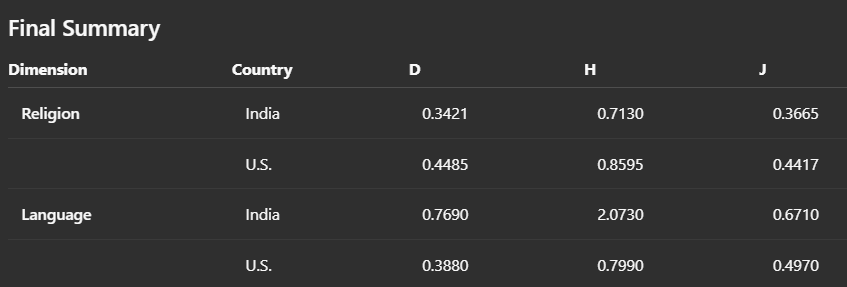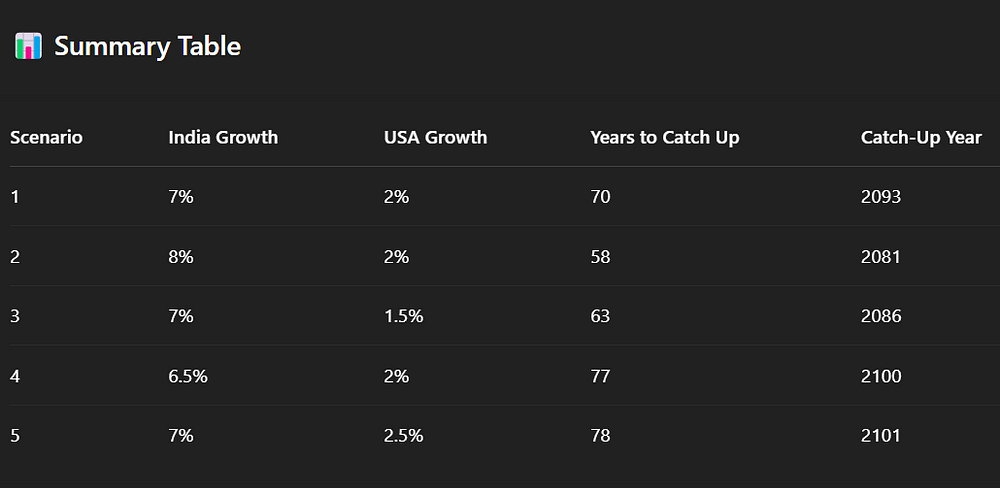The Unwitting Allies: How Western Liberals Fuel India’s Right-Wing Ascendancy
In the glittering diaspora hubs of Silicon Valley, New York, and London, upper-caste Indian immigrants — often Savarnas — project an image of cultural vibrancy and progressive assimilation. They light up Diwali lamps on public streets, advocate for diversity in boardrooms, and decry Western racism with fervent op-eds. Yet, back home in India, many of these same individuals and their families champion policies that entrench caste hierarchies, vilify inter-caste unions, and stoke xenophobia against Bangladeshi migrants. This chasm isn’t mere personal inconsistency; it’s a systemic hypocrisy that Western liberals, in their earnest embrace of multiculturalism, unwittingly amplify. By shielding these voices from scrutiny, they provide ideological cover and material support to India’s right-wing ecosystem, allowing it to flourish unchecked.
The Mask of the Model Minority
At the heart of this dynamic lies the Indian diaspora’s selective identity politics. Upper-caste Indians, who dominate the skilled migration pipelines to the US and Europe, arrive as “model minorities” — highly educated, economically successful, and culturally “exotic” enough to fit neatly into progressive narratives. They leverage affirmative action critiques in the West while opposing India’s reservation system that uplifts Dalits and Adivasis, revealing a profound double standard rooted in caste privilege.
In Silicon Valley, these “tech bros” rail against American xenophobia, yet fund campaigns in India that demonize Muslim “infiltrators” from Bangladesh, echoing the BJP’s anti-migrant rhetoric.This isn’t abstract ideology; it’s lived duplicity.
Consider the everyday: In India, a Savarna household might maintain separate utensils for their lower-caste domestic help, enforcing untouchability under the guise of tradition. Abroad, that same family sues employers for discrimination, invoking the very civil rights frameworks they undermine at home.
As one observer notes, Indian Americans often lean left domestically — supporting Democrats and social justice causes — but pivot rightward on India, backing Narendra Modi’s Hindu nationalist agenda without a hint of irony.
This paradox isn’t accidental; it’s a survival strategy in a globalized world where caste networks provide economic lifelines, from H-1B visas to venture capital.
Cultural Celebrations as Cultural Imperialism
The hypocrisy sharpens during cultural displays. In the US, Diwali has evolved into a spectacle of fireworks, street block parties, and corporate sponsorships — often with little regard for noise complaints or environmental impact. If a neighbor objects, cries of “cultural erasure” ring out, bolstered by allies in city councils and media. Yet, in India, the same diaspora remits funds to families and organizations that protest public namaz (Muslim prayers) as “public nuisance,” filing petitions to ban them from streets and parks. God forbid a Hindu festival faces similar curbs; it’s decried as “appeasement politics.”This selective outrage isn’t isolated. South Asian feminists in the West, many upper-caste, amplify Palestinian solidarity or Black Lives Matter while ignoring caste atrocities or anti-Muslim pogroms in India.
Priyanka Chopra, a Bollywood icon and diaspora darling, embodies this: She headlines global women’s rights panels yet remains silent on the Gujarat riots that killed over 1,000 Muslims in 2002, under Modi’s watch as chief minister — a silence that shields right-wing narratives abroad
Western Liberals: Enablers in Progressive Clothing
Enter Western liberals, whose well-intentioned multiculturalism becomes a Trojan horse. Eager to atone for colonial sins, they celebrate Indian “diversity” without interrogating its caste-infused underbelly. Invitations to TED Talks, university panels, and Democratic fundraisers flow to these diaspora figures, who frame themselves as authentic voices of the subcontinent. In doing so, liberals launder right-wing ideas: Modi’s “digital India” gets applause as innovation, not surveillance; yoga retreats ignore the erasure of Muslim heritage sites.This support isn’t benign. Diaspora remittances — $100 billion annually to India — often channel into BJP coffers, funding campaigns that suppress Dalit activism and queer rights.
Tech CEOs of Indian origin lobby against H-1B reforms in the US, citing their own immigrant struggles, while their Indian counterparts push “citizenship amendments” that sideline Muslim refugees. Western liberals, by amplifying these stories without context, normalize the narrative that India’s right-wing is merely “cultural conservatism,” not ethnonationalist authoritarianism.
The irony peaks in minority protections. These immigrants demand safeguards against Islamophobia in the West — rightfully so — yet fund groups that lobby against caste discrimination bills in California, arguing it “stereotypes Hindus.”
Abroad, they play the “garib” (poor immigrant) card for sympathy; in India, they embody the elite, ensuring lower castes remain outsiders. As one X user laments, this is the diaspora “bending backwards to find redeeming values in Hindu fascists,” all while Western enablers applaud the performance.
The Ripple Effect: Thriving at Home, Empowered Abroad
The consequences for India are dire. Emboldened by uncritical Western acclaim, the right-wing doubles down: Reservations are branded “reverse discrimination,” inter-caste marriages face “love jihad” laws, and migrants are scapegoated amid economic woes. The diaspora, safe in their suburban enclaves, exports this toxicity via WhatsApp forwards and Zoom fundraisers, eroding secular fabrics without personal risk.Yet, cracks appear. Younger, intersectional South Asians — Dalit activists and queer Muslims in the diaspora — are challenging this hegemony, demanding accountability.
Western liberals must listen to them, not the high priests of hypocrisy
In the end, true allyship demands discomfort: Scrutinize the Savarna abroad as rigorously as the migrant at the border. Only then can progressivism dismantle the very hierarchies it claims to oppose — before India’s right-wing, fattened on Western goodwill, consumes the pluralism both sides purport to cherish.

